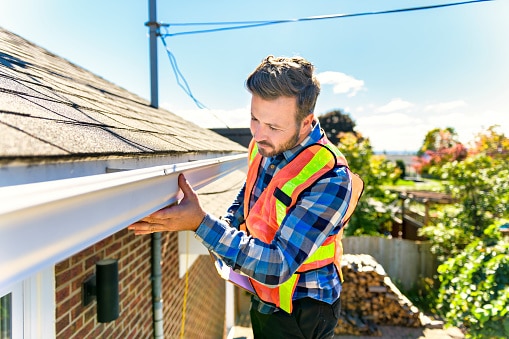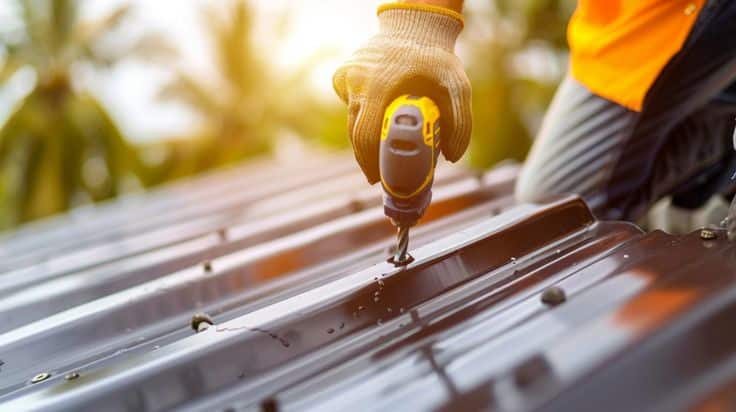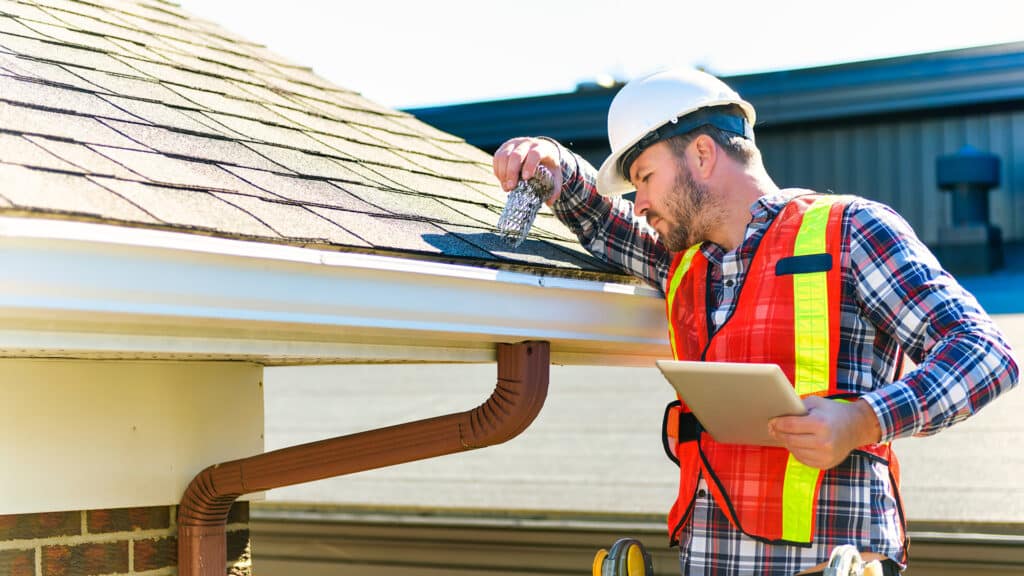Most people don’t think about their roof very often. It’s just up there, keeping out rain, snow, and wind. But when something goes wrong, the roof suddenly becomes the most important part of the house. A roof inspection is one of the best ways to make sure everything is working the way it should. The inspection doesn’t take as long as many expect, but the checklist is a lot bigger than just looking at a few shingles.

Why Roof Inspections Matter
Roofs are built to last for many years, but they don’t last forever. Weather, age, and even small accidents can all cause damage. The trouble is that most problems start out tiny. A nail pops up, a shingle gets loose, or water starts to sneak in through a small crack. These small issues can grow into expensive repairs if they aren’t caught early. That’s why experts recommend regular inspections.
In some places, it’s easy to set up a professional checkup. For example, homeowners who need a roof inspection Columbia MO can book one quickly and have peace of mind before the next big storm. It’s not just about spotting damage, but also about making sure the roof will hold up for years.
Shingles and Tiles
The first thing most inspectors look at is the shingles or tiles. These are the outermost layer of the roof and take the hardest hits from the weather. Missing, cracked, or curling shingles are clear signs of trouble. Even a small area of damage can let water sneak underneath and cause leaks inside the home.
Inspectors also check for granule loss on asphalt shingles. Granules are the little rough pieces on the surface that protect against the sun. When they wear away, the shingles become weak and brittle. On tile roofs, cracks or chips are the main concern. Spotting these problems early helps prevent leaks and keeps the roof strong.

Flashing and Seals
Roofs aren’t made of just one solid piece. They have edges, valleys, and joints where two parts meet. These spots are sealed with flashing, which is usually thin metal. Flashing is placed around chimneys, vents, and skylights. If the flashing starts to rust, bend, or pull away, water can get inside.
Inspectors take a close look at these areas because they are common leak points. They’ll check the sealant around flashing as well. Over time, the sealant can dry out and crack. Fixing flashing or resealing it is a simple job, but ignoring it can lead to serious water damage inside the home.
Gutters and Downspouts
Gutters might not seem like part of the roof, but they play a huge role. Their job is to carry rainwater away from the house. If gutters are clogged, water can back up and spill over the sides. This can cause water to pool near the foundation, which is bad for the whole structure of the home.
During an inspection, the gutters are checked for blockages, cracks, and loose sections. Downspouts are inspected to make sure water is being directed far enough away from the house. Clean, working gutters protect both the roof and the foundation, so they’re an important part of every inspection.

Attic and Interior Signs
A good roof inspection doesn’t stop outside. Inspectors will often look inside the attic for signs of leaks. Water stains on the wood, mold growth, or insulation that looks damp are all warning signs. Sometimes, the first sign of roof trouble is actually spotted inside the house, not on top of it.
Ceilings and walls may also show evidence of problems. Brown stains, peeling paint, or bubbling plaster can point to water sneaking in through the roof. By checking both outside and inside, inspectors can confirm where the issues start and how serious they are.
Ventilation and Structure
Roofs need to breathe. Proper ventilation in the attic allows air to flow in and out, keeping temperatures balanced. Without it, heat and moisture can build up. This can lead to mold, warped wood, and even higher energy bills because the house gets harder to cool.
Inspectors also check the structure of the roof itself. They look for sagging areas that might suggest rot or damage to the support beams. Even if the shingles look fine, problems underneath can weaken the whole system.

After the Inspection
Once the inspection is done, homeowners usually get a report of what was found. This might include photos of damaged areas, a list of repairs needed, and recommendations for how soon they should be done. Sometimes, the report is all clear, which is great news. Other times, there might be a few minor fixes that can be handled quickly before they turn into bigger problems.
Regular inspections also help when it comes to insurance or selling a house. Having proof that the roof is in good shape gives buyers and insurers confidence. It shows that the home has been cared for, and it can even raise the value of the property.
How Often Should Inspections Be Done?
Most experts suggest having a roof inspected once a year. It’s also smart to schedule an inspection after a major storm. High winds, hail, or heavy snow can cause damage that isn’t always obvious from the ground. Catching problems right away can prevent leaks and bigger repairs later.
Some homeowners try to check their own roofs, but it’s not always safe. Walking on a roof can be dangerous, and it’s easy to miss small details without the right training. That’s why professional inspections are the best choice for most people.

Key Takeaways
A roof inspection covers much more than just a quick glance at the shingles. From flashing to gutters, from the attic to ventilation, every part of the roof plays a role in keeping a home safe and dry. Inspections catch small problems before they turn into big repairs and provide peace of mind that the roof will hold up in all seasons.
Taking care of a roof is really about taking care of the whole home. With regular inspections and simple maintenance, homeowners can save money, avoid stress, and protect their biggest investment.
- 0shares
- Facebook0
- Pinterest0
- Twitter0


